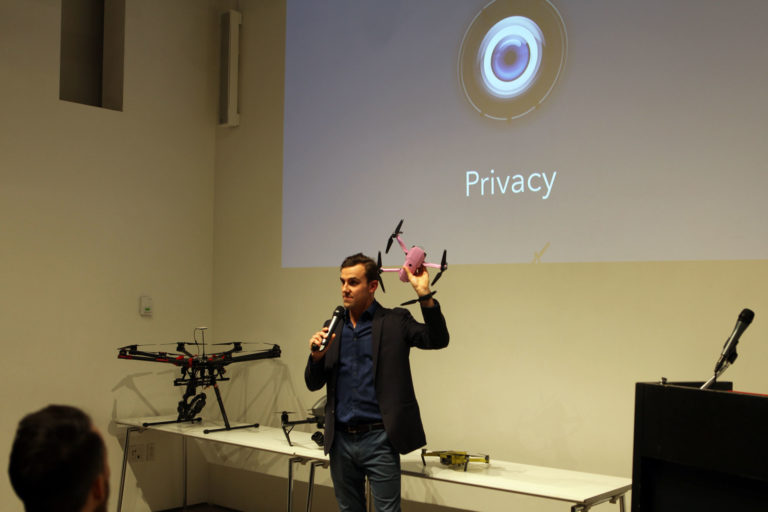In cities where demand for air travel is high, it’s not uncommon to find two, three or even—as is increasingly the case in some metropolitan areas—six airports. These multiple-airport cities offer new kinds of challenges for passengers and urban dwellers who may struggle to navigate their aerial infrastructure. The fragmentation of airports in a single city, frequently owned and operated by different governing bodies, can lead to unpredictable and even confusing experiences.
Despite the ambitious renovations and annexations underway, from London to Tokyo and Istanbul to New York, a city’s metropolitan aerial infrastructure is rarely understood as a single urban system. How should we rethink multiple-airport cities more holistically?
AIANY’s Transportation and Infrastructure Committee presents AERIAL FUTURES: Urban Constellations which explores airport-city interfaces as infrastructure, operating at a metropolitan scale. This evening’s event is the panel discussion following a day-long think tank gathering that uses New York City as a case study to trigger responses across disciplines. Selected participants will reimagine airport constellations as a choreographed urban ecosystem that relies as much on architecture as it does on technology and data-driven design.
Form follows information. New technologies—such as virtual reality and artificial intelligence, real-time digital experiences, robotics, and autonomous vehicles—will transform the way aerial infrastructures look and feel in the future. This AERIAL FUTURES think tank will challenge our expectations about time in transit, wayfinding, security, and commerce; and exploring how technology will redefine disconnected landscapes into continuous, integrated urban airport systems.
Margaret Newman, FAIA, LEED AP, Principal at ARUP
Marcel Botha, CEO, 10X Beta
Robert Chicas, AIA, LEED AP, Director of Global Aviation + Transportation, HOK
Moderator
Ben Rubin, Director, Center for Data Arts, The New School
Organized by
AIANY Transportation & Infrastructure Committee
